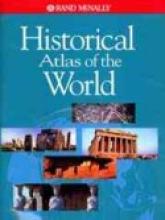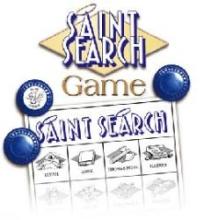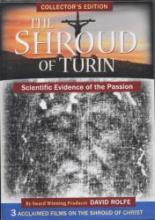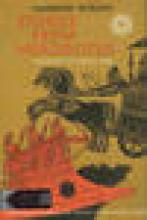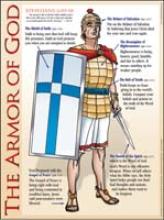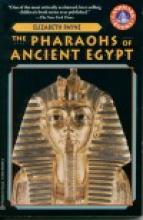General Resource
Rand McNally Historical Atlas of the World
- Human Emergence on the Changing Face of the Earth: Growth of Civilization to 200 A.D.
- Alexander's Empire 336-323 B.C.
- Roman Republic 31 B.C.
- Roman Empire about 120 A.D.
- Roman Empire about 400 A.D.
- Easter and Southern Asia About 750 A.D.
- Islamic World c. 800 A.D.
- International Trade 1350 A.D. - 1450 A.D.
- Europe and the Crusader States about 1140
- Asia at the death of Kublai Khan (1294)
- Europe (about 1360)
- European Civilization during the Renaissance
- Europe's Age of Discovery 15th-17th Centuries
- The Ottoman, Safavid and Mughal Emipres in the 16th and 17th centuries
- East Asia 16th Century
- Eastern and Southern Asia about 1775
- The Holy Roman Empire after the Peace of Westphalia 1648
- Europe in 1721
- Native America
- Revolutions in the Atlantic World 1776-1826
- Westward Expansion 1800-1850
- Latin America about 1790
- Latin American 1800-1900
- Latin America after Independence: 1821-1929
- Expansion of Russia in Europe
- Languages of Europe in the 19th Century
- European Partition of Africa: 19th Century
- Resistance to European Colonialism: 1870-1917
- The World about 1900
- Asia 1900
- Europe 1922-1940
- World War II
- Easter Mediterranean Area: 1945-1990
- and Current World and Political and Physical Maps
Reading the Saints
Saint Search Game from Illuminated Ink
Saint Symbol Stickers from Illuminated Ink
Silent Witness
This documentary video presents rather compelling evidence, from diverse fields of science, that the Shroud of Turin is the authentic burial cloth of Christ. Scientists and doctors also explain the sufferings of Jesus based on the evidence present on the cloth in conjunction with other historical data. Because some scenes from Christ's Passion are dramatized, the movie may prove too intense for very young, innocent children. It would be more suitable for older grade school and high school ages.
This movie has been around for quite awhile - I remember first seeing it in 4th or 5th grade when it was shown at our Church each year during Holy Week. I remember being quite impressed and fascinated with the details at that age. I recommend that parents preview the movie to determine suitability for their own children. It is excellent for Lent and Holy Week and a very moving film! Highly recommended.
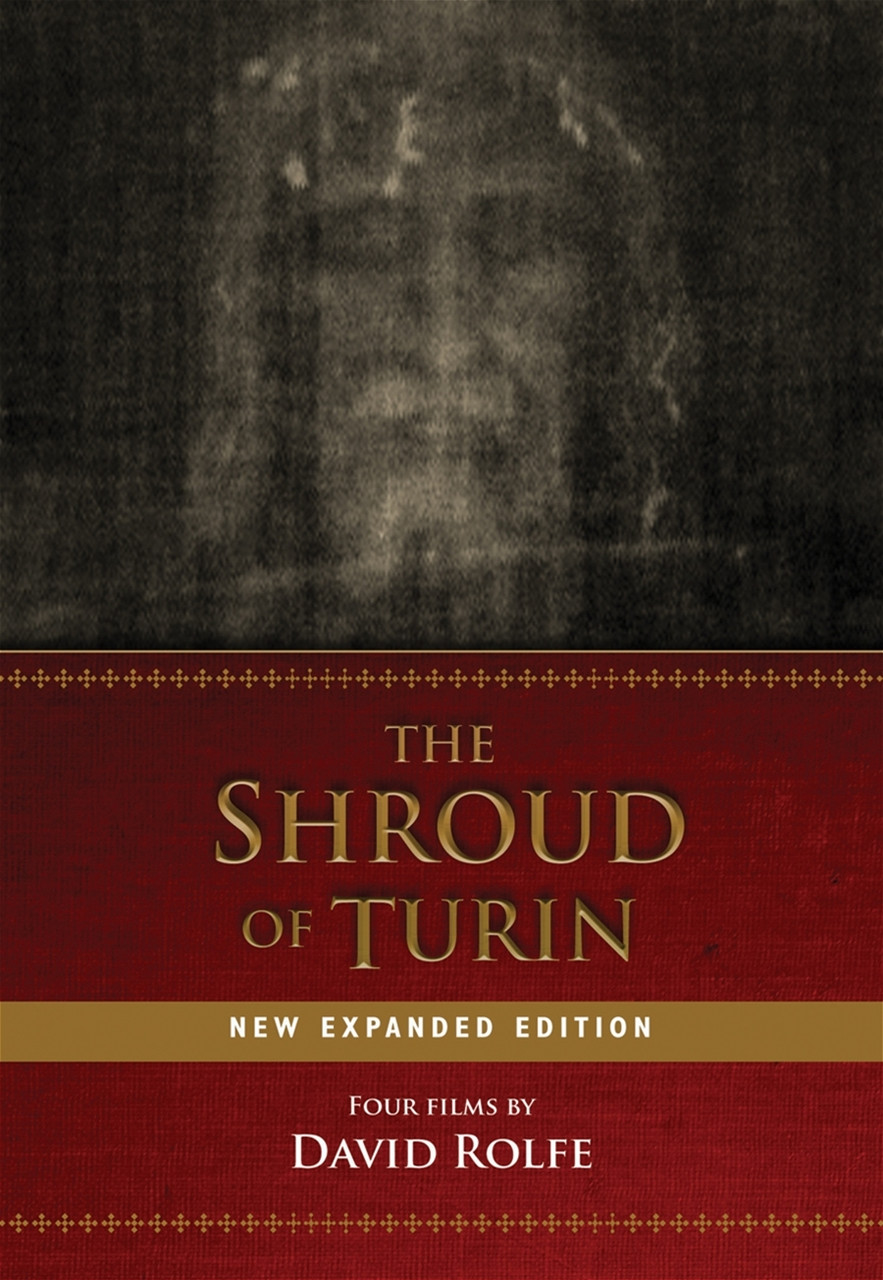
Update from webmaster, March 2024: In 2017, Ignatius Press published The Shroud of Turin: New Expanded Edition, a collection of 4 films about the Shroud of Turin by British film producer David Rolfe. The Silent Witness, made in 1978, is the first. Also included are Shroud of Turin, made in 2008 for the BBC; Shroud, the Official Film of the 2010 Exposition of the Shroud in Turin; and A Grave Injustice, which investigates the flaws of the only carbon dating test to the done on the Shroud to date.
Total run time for the DVD is 200 minutes.
Something to Write About, History Edition
The directions, written directly to the student, are broken down into three parts: Early American History for grades 1-3, American History - Discovery through Westward Expansion for Grades 4-6, and World History -Ancient Civilizations through Modern Times for Grades 7-8. The student is directed to compile a book which will include maps, illustrations and compositions that he creates while studying the particular time period. Extensive lists of maps and illustrations to be made are included. But the lists of suggested writing activities are the best parts of the book.
Here are a few samples from each section:
Grades 1-3 - Write a prayer to St. Isaac Jogues; pretend you are George Washington at Valley Forge, write a speech to give to your soldiers to encourage them not to give up; make a chart showing three parts of our government and what they do.
Grades 4-6 - Write a newspaper article about the Louisiana purchase; write a two page expository essay comparing the French and Indian War with the Revolutionary War; pretend you are a soldier in the Civil War and write a three page letter to family at home.
Grades 7-8 - Write an expository essay describing Greek government and how it functioned; write a diamante (poem) about the early Christians just after Jesus was buried and before He had risen.
The second best thing about this book are the definitions of literary terms in the appendix. Each kind of essay required in the book is explained, many different kinds of pattern poems are demonstrated, and common literary terms, such as metaphor and personification, are defined. Your child would learn a lot about writing techniques and constructions by using this guide. The bonus is that the types of writing learned by making the history book can be applied in other learning situations.
The author includes samples of student work from each of the grade level sections. These can be valuable especially if a student is "stuck," or doesn't understand the assignment.
The student keeps the maps, illustrations and compositions he creates in a safe place until it is time to put the book together. The student can choose from several suggested methods for binding the book.
Some of the writing activities for Grades 1-3 would be difficult for a 1st grader and some 2nd graders, but they could easily be adapted. A child could dictate his work, or be required to write shorter versions of the assignment. The program is flexible and designed so that you can pick and choose the activities that best fit the child.
This kind of activity is good on many levels. It gives the student practice in needed skills while doing something meaningful (e.g. learning about metaphor by writing it instead of filling in a workbook). It requires the student to extend his thoughts about the facts he learns, moving him to a higher level of thinking. Best of all, he has a record at the end of the year of all that was learned and accomplished. That is very satisfying for a student of any age.
This book is also available from the author at:
Marge Fenelon,
3558 E. Cudahy Avenue,
Cudahy, WI 53110-1103.
Phone & Fax 414-769-6742
Email: fenelon@execpc.com
1-877-815-0544
Stories from Herodotus
The book is llustrated with charming black and white figures modeled after images on Greek pottery.
The Armor of God
The Armor of God pictures a soldier in full battle gear - sword, shield, helmet, etc. - with descriptions explaining their figurative meaning according to Ephesians 6:10-18: Finally, be strong in the Lord and in the strength of his might. Put on the whole armor of God, that you may be able to stand against the wiles of the devil. For we are not contending against flesh and blood, but against the principalities, against the powers, against the world rulers of this present darkness, against the spiritual hosts of wickedness in the heavenly places. Therefore take the whole armor of God, that you may be able to withstand in the evil day, and having done all, to stand. Stand therefore, having girded your loins with truth, and having put on the breastplate of righteousness, and having shod your feet with the equipment of the gospel of peace; above all taking the shield of faith, with which you can quench all the flaming darts of the evil one. And take the helmet of salvation, and the sword of the Spirit, which is the word of God. Pray at all times in the Spirit, with all prayer and supplication for all the saints. This attractive chart is great in a classroom or on a bedroom wall. The back of the chart includes four reproducible worksheets. Available laminated or unlaminated.
My son Gus (age 8) says: "I think that it is especially good for boys."
Update March 2024: This "Catholic Edition" features Bible quotes using the NAB rather than the NIV. Ascension Press used to carry these wall charts but no longer does. However, they are still being published (see the box at the top of this review for details).
Binding details: 19 3/8" x 26" Wall Chart
The Pharaohs of Ancient Egypt
The only disappointment we had was that there is no mention of the Bible, of Moses, or of the Hebrews enslavement in Egypt. This may be simply because this is a secular text, but it must be partly because the details of how (and when) exactly the Hebrews fit into Ancient Egyptian history is not precisely known.

